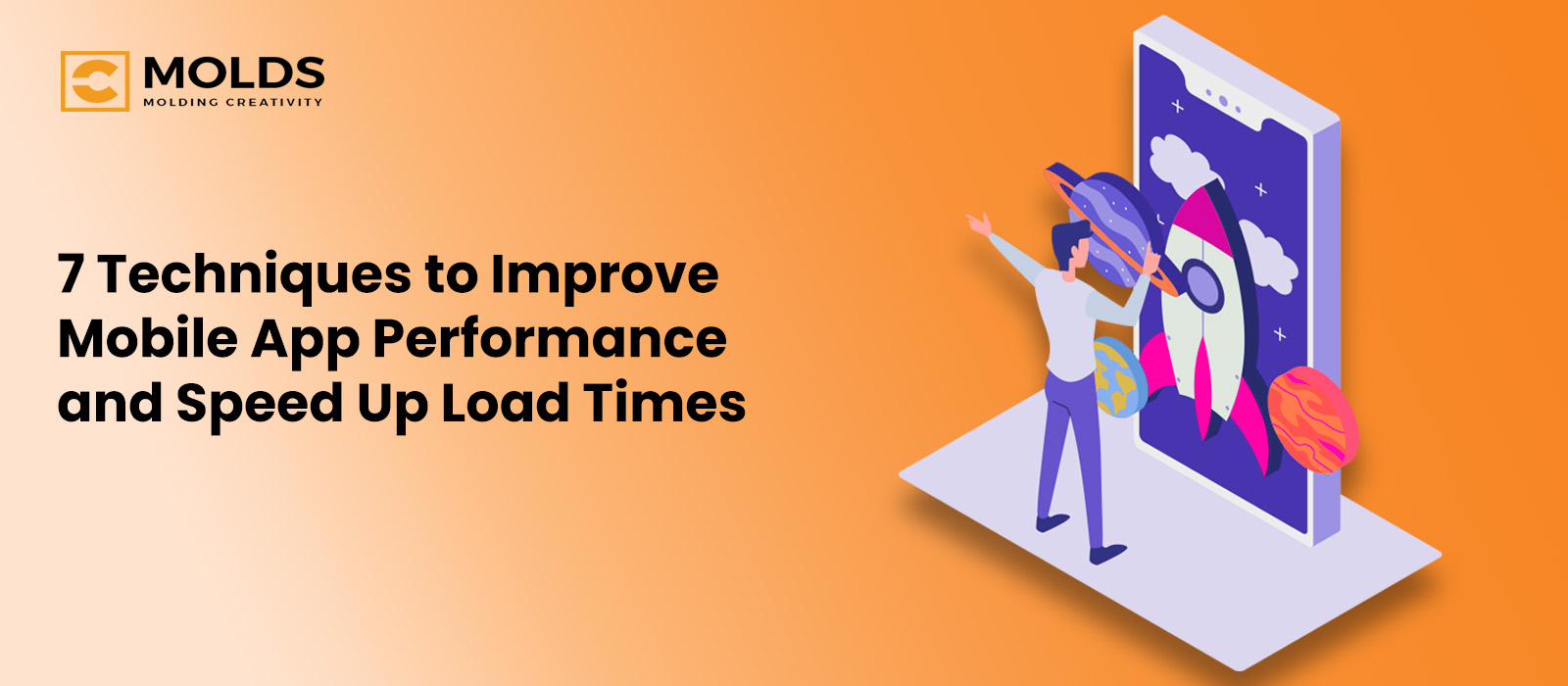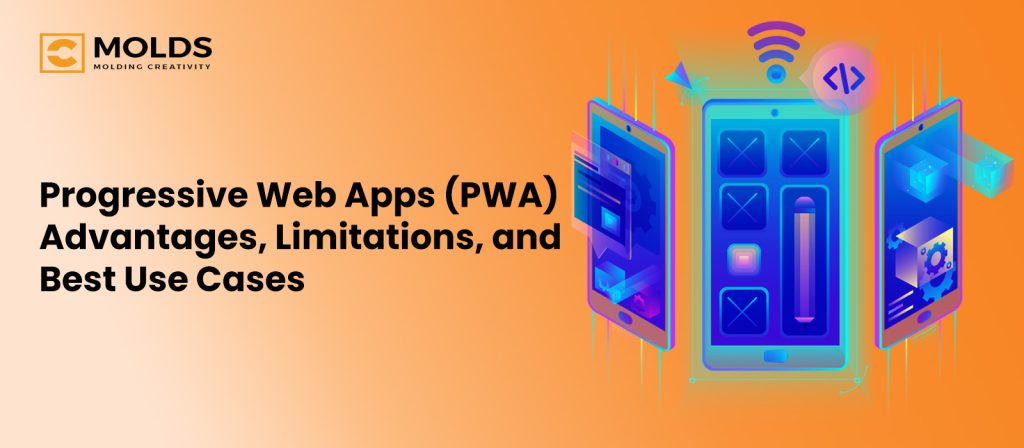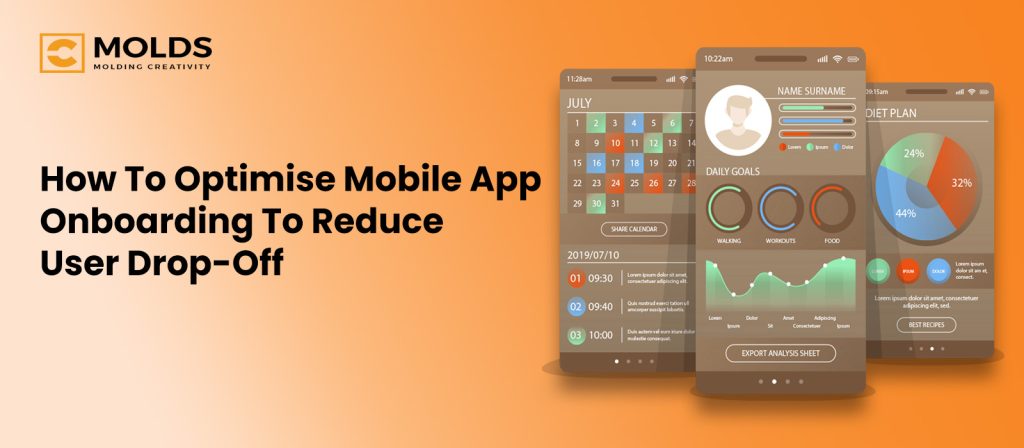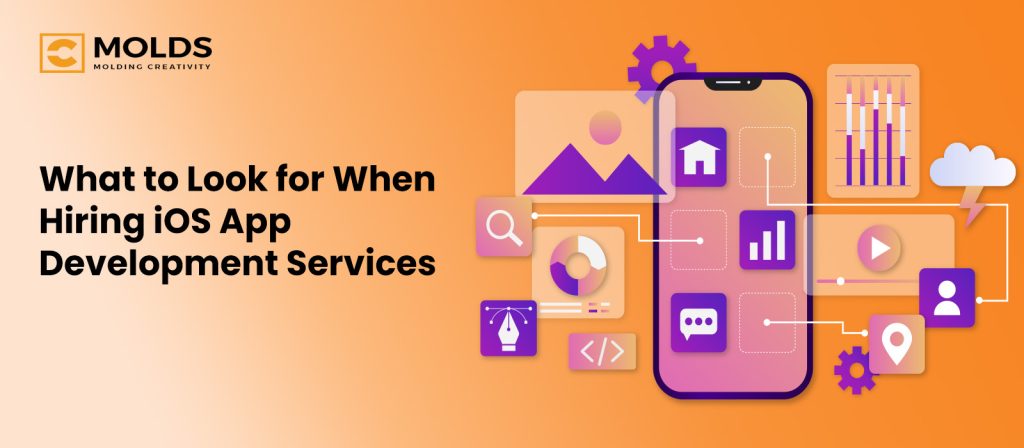Users expect seamless experiences from mobile apps in today’s fast-paced digital world. Even a brief delay can irritate users, reduce their engagement, and drive them away. Ensuring optimal app performance, smooth mobile app onboarding, and minimal load times has become a top priority for both businesses and app developers.
At CMOLDS, we recognize that performance is about more than just speed; it’s about delivering responsive, seamless experiences that foster satisfaction and trust. Optimizing performance is what distinguishes successful applications from the rest, whether you’re working with an app development company in Dubai or investing in mobile app development in San Francisco.
Here are seven tried-and-true methods to improve the performance of your mobile app and guarantee that users never again see a lagging screen.
1. Optimise Images and Media Assets
The majority of an app’s loading time is frequently attributed to its images. Performance can be significantly impacted by uncompressed or inadequately optimized media files. The secret is to strike a balance between size and quality.
Images only load when required thanks to the use of image compression tools, appropriate format selection (such as WebP), and lazy loading. In addition to cutting down on initial load time, this also increases memory efficiency, which is crucial for apps with product galleries or rich visuals.
Also read: Top Trends in Web App
2. Use Efficient Code and Minify Resources
One of the main causes of poor performance is bloated code. An application may be hampered by overly intricate logic, unnecessary libraries, or an excessive number of dependencies.
By eliminating redundant code, utilizing lightweight frameworks, and minifying HTML, CSS, and JavaScript files, developers can optimize their code. In addition to increasing speed, a clear, modular codebase facilitates long-term scalability and maintenance, which is essential when you build an app that aims for long-term success.
Our teams at CMOLDS use performance profiling tools and best coding practices to find inefficiencies early in the development cycle.
3. Implement Caching Strategies
With the help of caching, your application can save data temporarily for quick retrieval without making repeated requests to the server. Your app can significantly reduce load times and enhance offline usability by caching images, static content, and API responses.
The use of content delivery networks (CDNs) or local storage for intelligent caching, for example, helps guarantee that frequently accessed data is always accessible, providing users with immediate responses even with slower internet connections.
4. Optimise API Calls and Network Requests
The load time of your app increases with each request it makes to a server. Even the best-designed apps can be slowed down by inefficient or excessive API calls.
By batching requests, compressing data, and making sure API responses are as brief as possible, developers can maximize network performance. Faster, more seamless interactions are also facilitated by strategies like data prefetching, asynchronous loading, and pagination.
Working with a performance-driven team like CMOLDS or an experienced mobile app development company in Dubai means that these optimizations are incorporated into the architecture from the start and aren’t considered afterthoughts.
5. Leverage Content Delivery Networks (CDNs)
Users can access data from the closest node thanks to a content delivery network, which disperses app content among several global servers. This lowers latency, expedites the delivery of content, and offers reliable performance everywhere, an important factor when considering the overall cost of an app and its long-term scalability.
CDNs are essential for apps aimed at global users. They reduce wait times and guarantee that every user, whether they are in San Francisco, Dubai, or another location, gets the same quick, responsive experience.
6. Prioritise Background Processing and Thread Management
Modern mobile devices handle multiple operations simultaneously, but poor thread management can cause lag and unresponsiveness. To prevent obstructing the main user interface, heavy processes like media uploads and data syncing should operate in the background.
The main tactics that result in more seamless navigation and increased perceived speed are memory management, scheduling updates during idle periods, and optimizing background tasks. This method keeps apps running smoothly on various devices and increases user satisfaction.
7. Regular Testing and Performance Monitoring
Optimization is a continuous process rather than a one-time event. Apps must be tested across multiple devices, networks, and platforms to identify performance bottlenecks.
Developers can keep an eye on load times, crash reports, and memory usage in real time by using profiling tools and analytics. Any performance problems are fixed before users even notice them thanks to ongoing monitoring.
In order to guarantee that every project we deliver is not only functional but also incredibly quick and dependable, CMOLDS relies on strict performance testing procedures throughout the app development lifecycle.
Also read: In-App Purchases: Benefits & Strategies to Boost Revenue
Why App Performance Matters More Than Ever
The expectations of users have changed. These days, people expect responsive interactions, seamless navigation, and immediate access. According to studies, even a one-second load time delay can dramatically raise bounce rates and lower user engagement.
A successful app has a direct impact on revenue and brand reputation in addition to increasing user satisfaction. Increased retention and improved conversion rates give businesses that invest in performance optimization a competitive edge.
To provide top-notch performance and user experiences, progressive companies in tech hotspots like San Francisco and innovation hotspots like Dubai collaborate with seasoned app developers like CMOLDS.
Also read: Why you need to Build an App
Final Thoughts
The foundation of any successful mobile application is speed and performance. Developers can make sure their apps operate as efficiently as possible by combining caching, optimized coding, effective APIs, and real-time monitoring.
At CMOLDS, we consider performance to be a foundation rather than a feature. Our team assists in developing scalable, high-performing apps that engage users and spur growth, regardless of whether your company is headquartered in San Francisco or you’re looking for experience from an app development company in Dubai.
A successful app is one that runs quickly, and you can ensure that each user’s initial impression is one that they will remember if you use the correct strategies.














